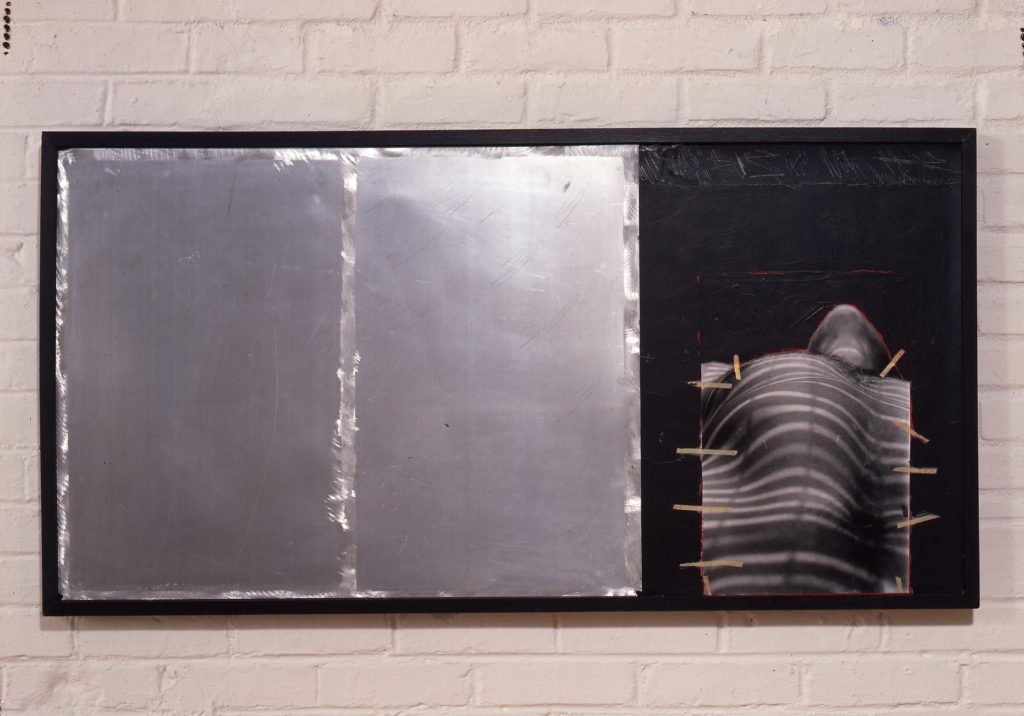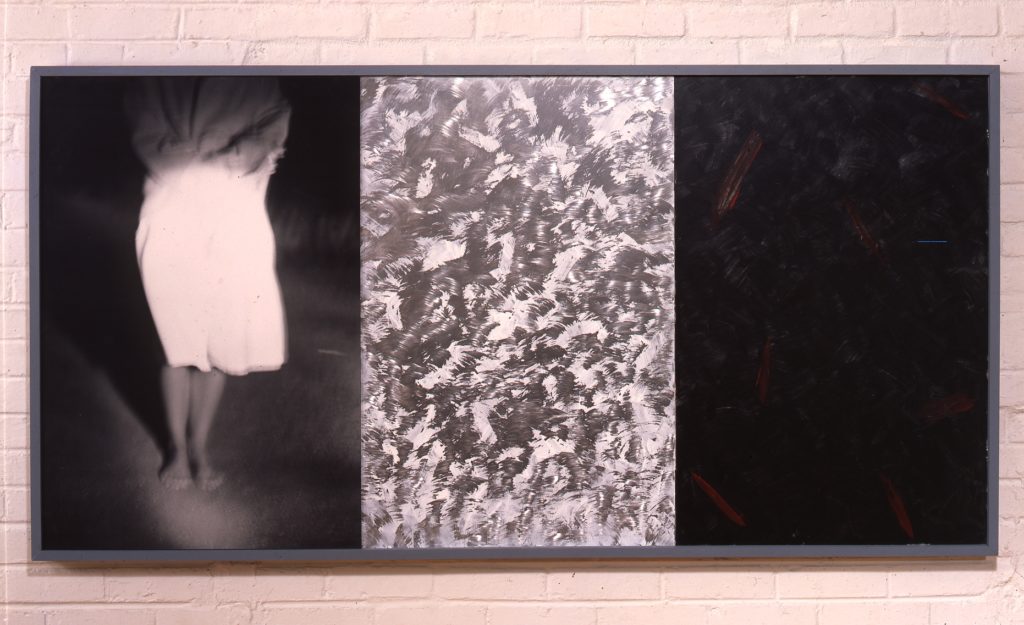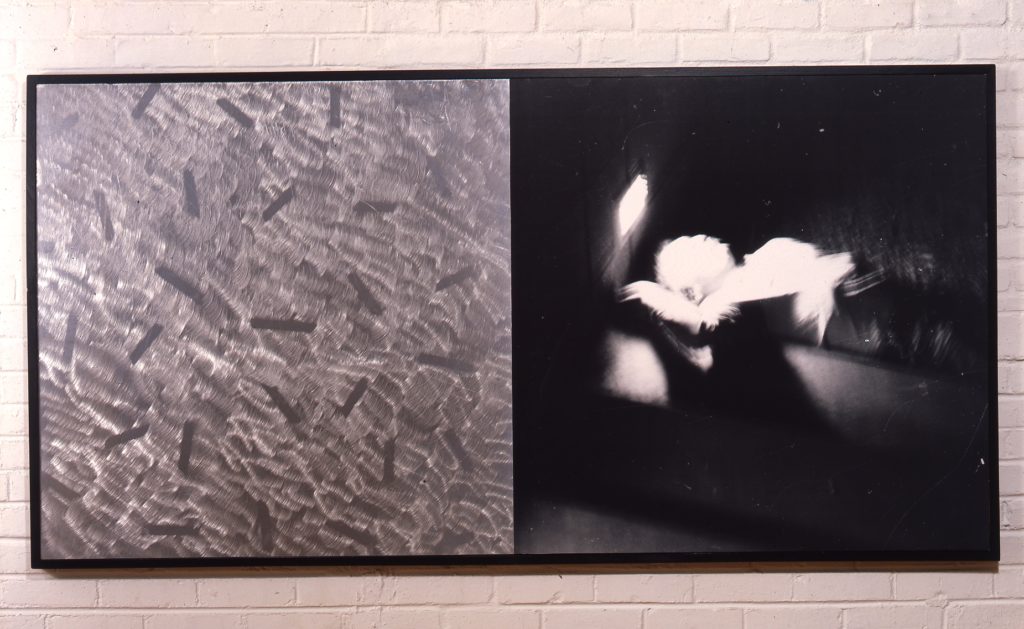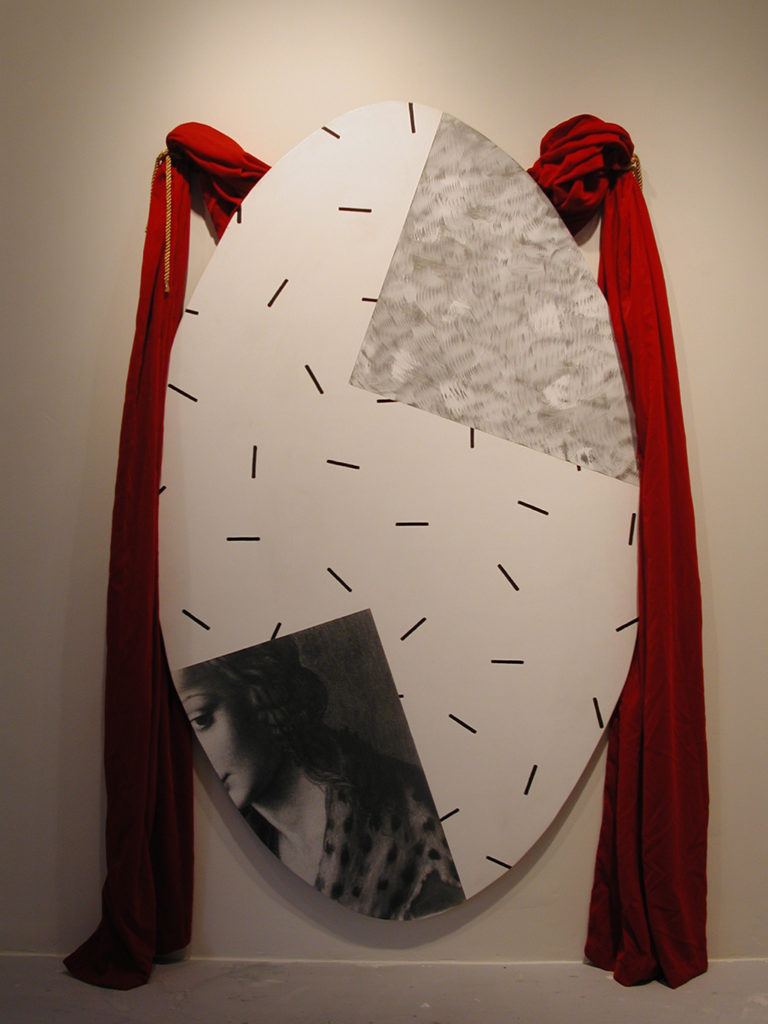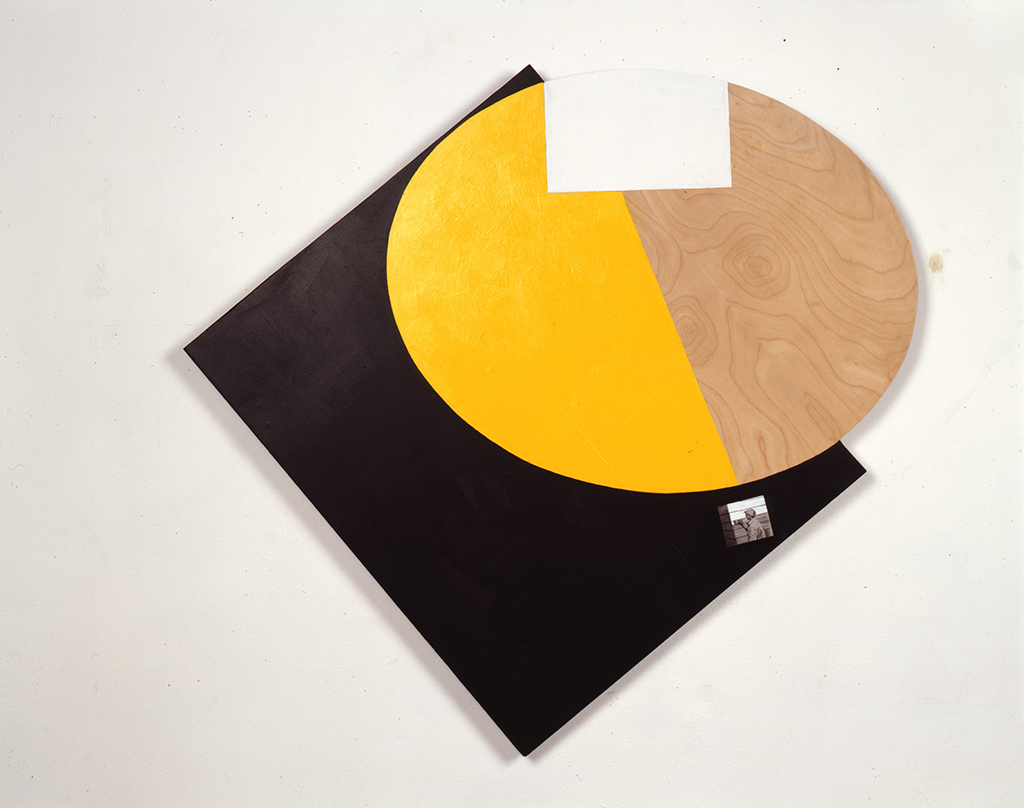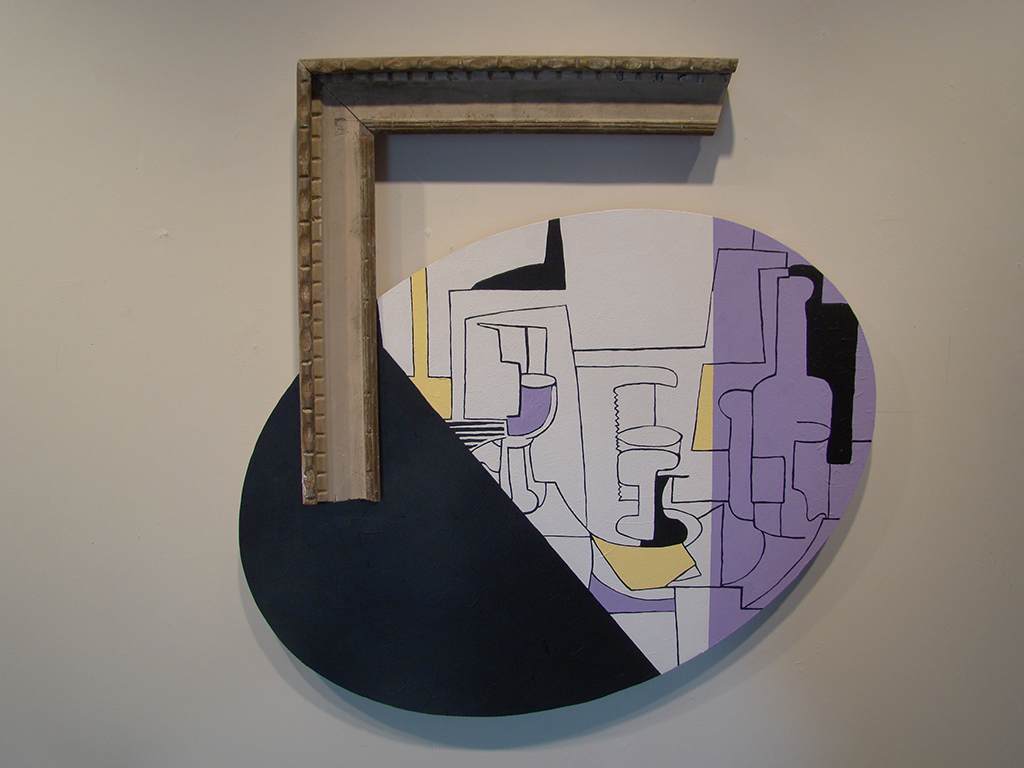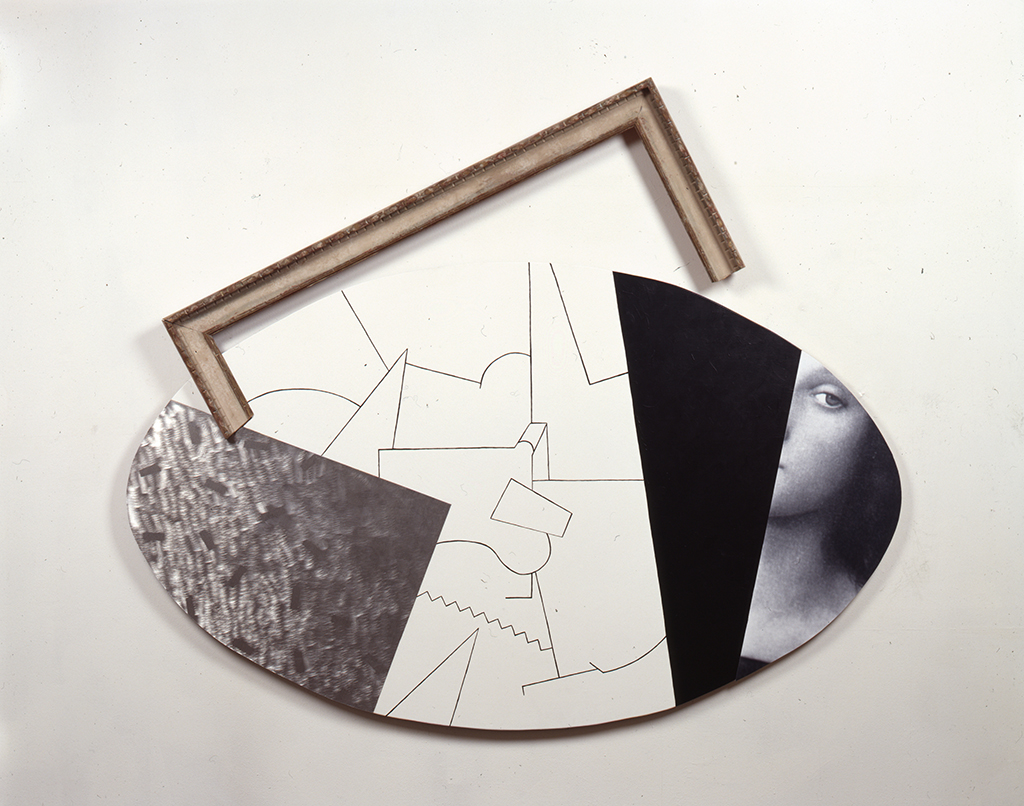Constructivism
That is why I find it important that my work have an experiential physicality. I want the observer to sense an otherness, something that is physically and psychically different. In this era of art magazines and reproduced art, the experience of art has been supplanted – the relationship between the viewer and the art object has become superficial. I want to reinstate the presence of the art. I want the observer to know the power of the art object. I want the degree of energy to emanate from the worked surface that is greater than the energy put into the object.
My recent concerns, which are reflected in this current body of work, have to do with wholeness and fragments. The idea that a work of art is somehow whole and complete – and yet, just a fragment of evidence of a greater search. My desire is to represent images similarly to the way that we, as human beings, think: the way we put together visual information in bits and pieces, and the way those fragments align to create meaning. I also use fragments as formal visual elements – bits of information and pieces of different mediums constructed into a whole, an oval. The oval is a primal form. It is feminine and pregnant, it is male and creative. The fragments comprising the whole, force the observer to be active, to create relationships between the fragments. This evocative process joins the observer with the artist.
Tom Dowling, January, 1990

